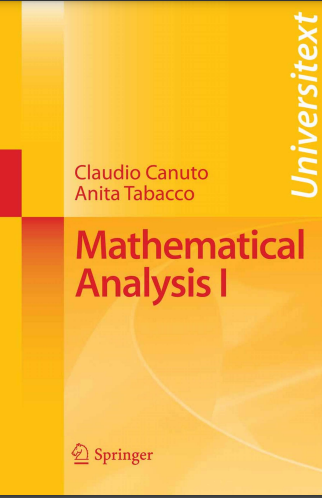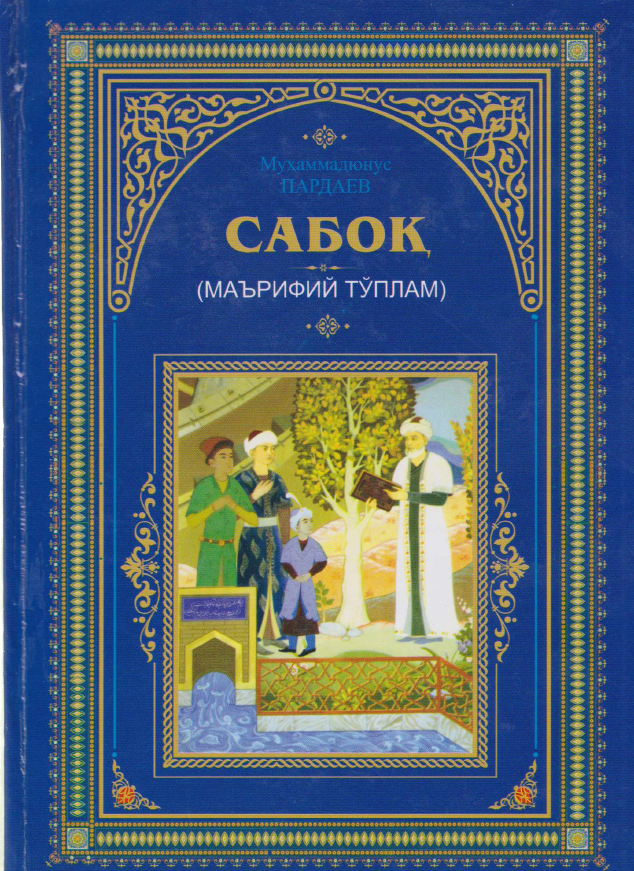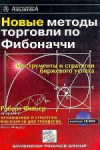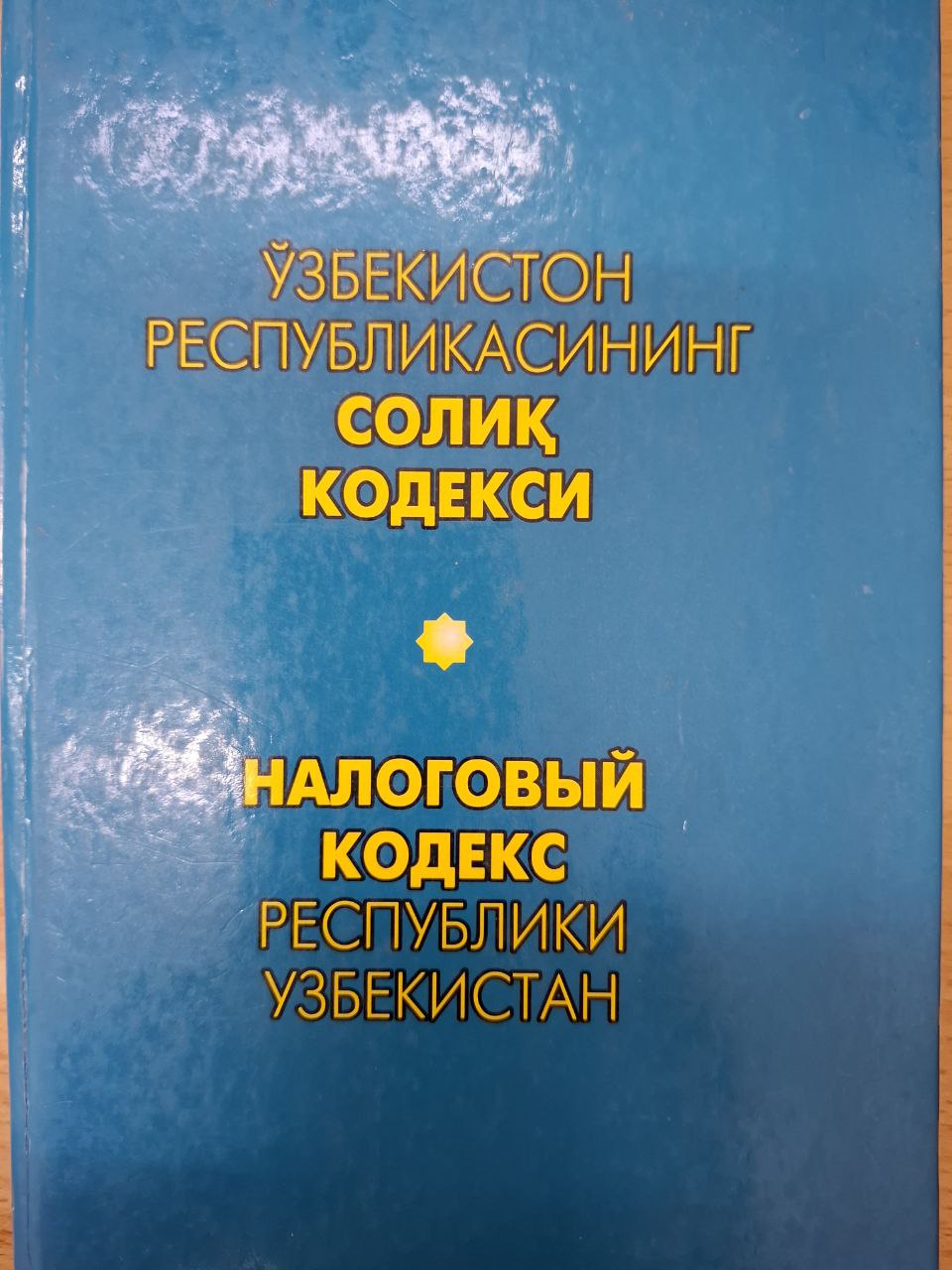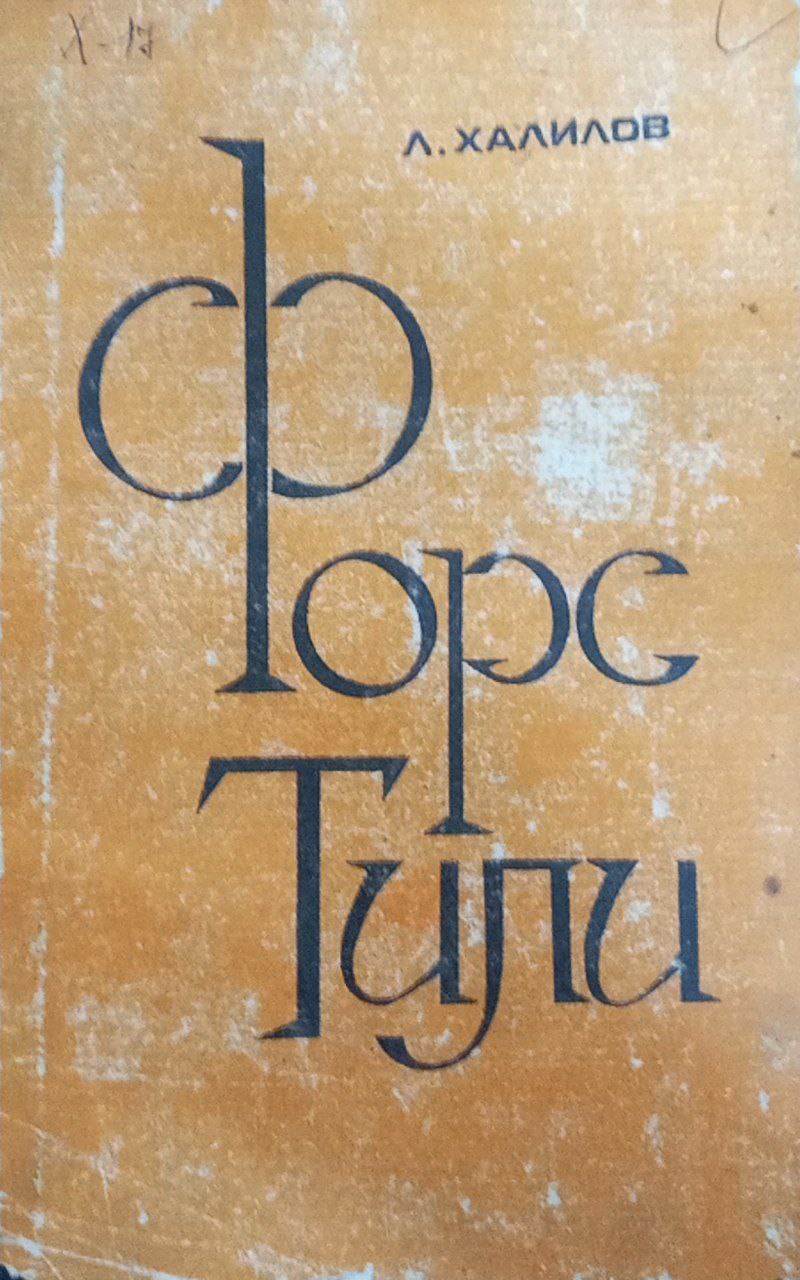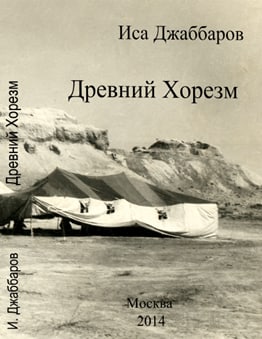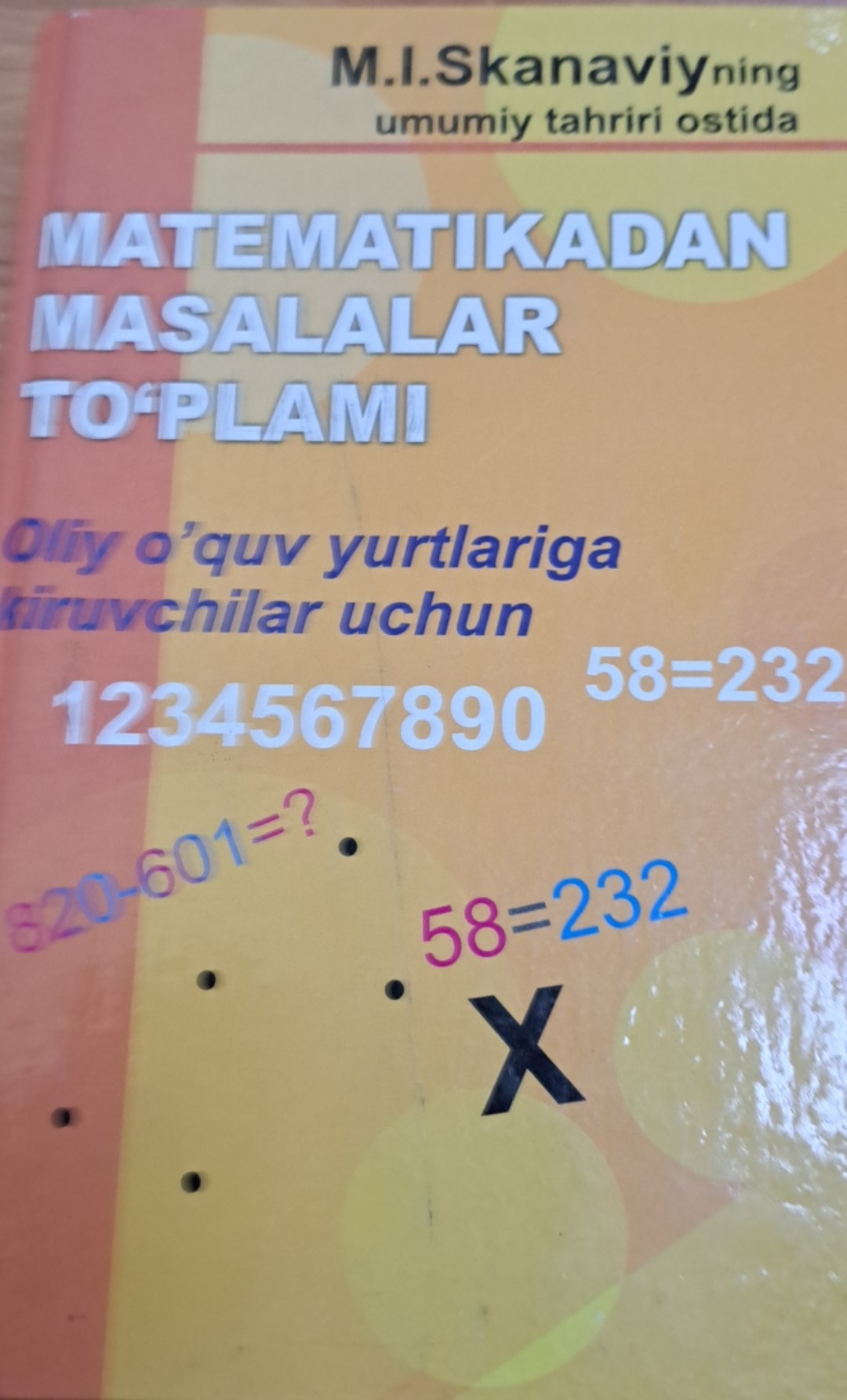The recent European Programme Specifications have forced a reassessment of the structure and syllabi of the entire system of Italian higher education, and an ensuing rethinking of the teaching material.
Nowadays many lecture courses, especially rudimentary ones, demand that students master a large amount of theoretical and practical knowledge in a span of just few weeks, in order to gain a small number of credits. As a result, instructors face the dilemma of how to present the subject matter. They must make appropriate choices about lecture content, the comprehension level required from the recipients, and which kind of language to use. This textbook is meant to help students acquire the basics of Calculus in curricula where mathematical tools play a crucial part (so Engineering, Physics, Computer Science and the like). The fundamental concepts and methods of Differential and Integral Calculus for functions of one real variable are presented with the primary purpose of letting students assimilate their effective employment, but with
critical awareness. The general philosophy inspiring our approach has been to simplify the system of notions available prior to the university reform; at the same time we wished to maintain the rigorous exposition and avoid the trap of compiling a mere formulary of ready-to-use prescriptions. From this point of view, the treatise is 'stratified' in three layers, each corresponding to increasingly deeper engagement by the user. The intermediate level corresponds to the unabridged text. Notions are first presented in a naive manner, and only later defined precisely. Their features are discussed, and computational techniques related to them are exhaustively explained. Besides this, the fundamental theorems and properties are followed by proofs, which are easily recognizable by the font's colour. At the elementary level the proofs and the various remarks should be skipped. For the reader's sake, essential formulas, and also those judged important, have been highlighted in blue, and gray, respectively. Some tables, placed both throughout and at the end of the book, collect the most useful formulas. It was not our desire to create a hierachy-of-sorts for theorems, instead to leave the instructor free to make up his or her own mind in this respect.

